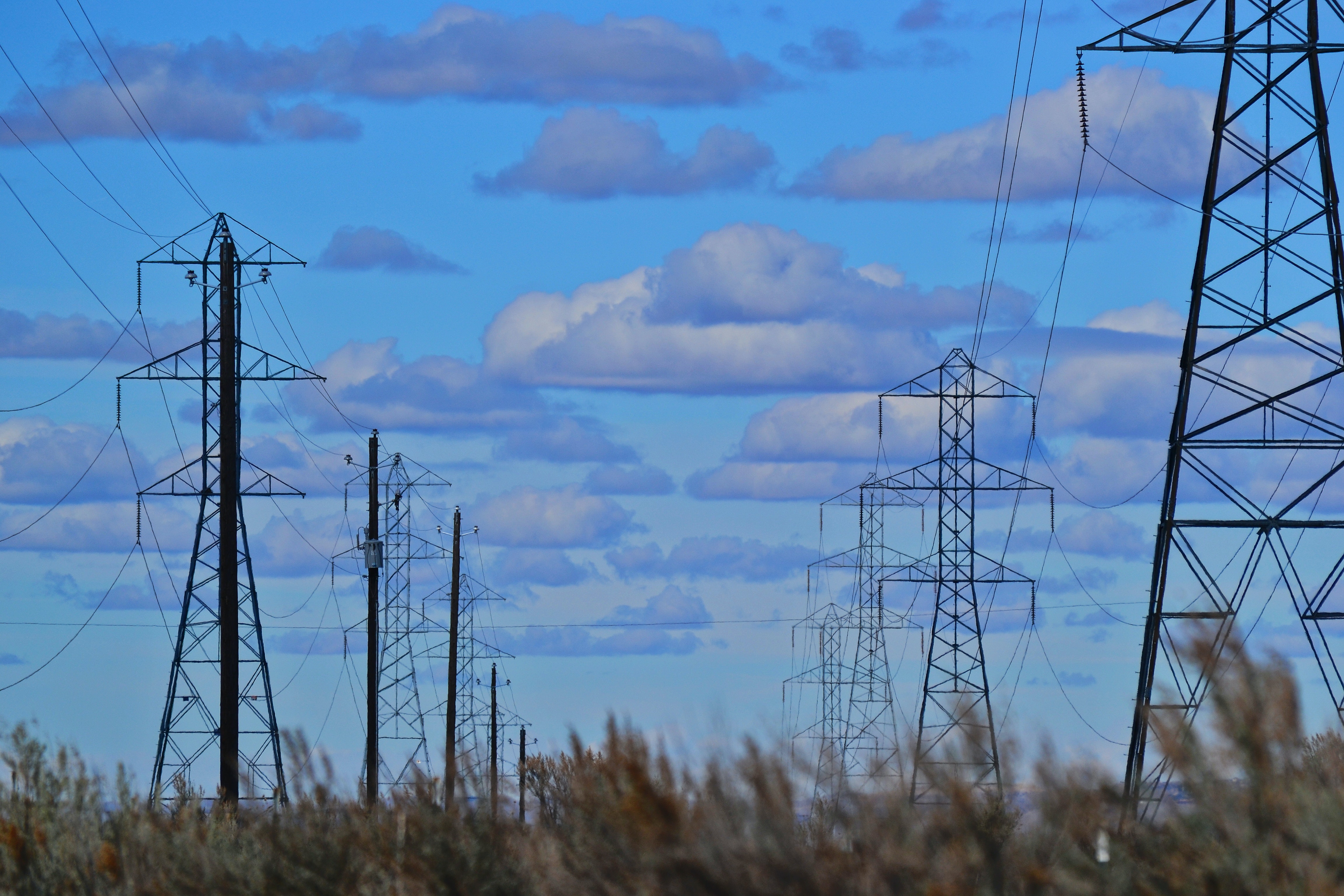Over-congested electricity networks and their impacts on housing constructions
As rising house prices and rents trigger a grim affordability crisis in many urban markets, both policymakers and frustrated tenants have been longing for solutions. This has brought the issue of housing supply constraints – factors that impede the development of new housing units and thereby raise the prices of existing ones – to the centre of public attention.
Typically, supply constraints are grouped into two distinct categories. Geographic constraints include all natural barriers that complicate new construction. It is well understood that these factors drive house prices in various places (think of steep hills which preclude construction in parts of Los Angeles, obligatory green belts which restrict growth in all major British cities or overcrowded urban hubs with little room for further expansion in the Netherlands.) [1]
Regulatory constraints, on the other hand, are legislative hurdles that either stall or completely shut down building projects that market forces would otherwise allow to happen. Among these, land-use regulations, which stipulate the type of development that may be carried out in a given area, tend to achieve the most attention. [2]

A juicy new supply constraint
Recently, a number of reports have fuelled concerns that a new type of supply constraint is starting to further paralyze housing markets: capacity limits of the electric grid. In London, a city that is particularly struck by the affordability crisis, development in three boroughs is jeopardized because the electric grid has run out of capacity [3]. Similar stories have made headlines in the Netherlands. A major residential development project in central Amsterdam had to be postponed due to a grid capacity constraint. [4] In total, city officials warn that up to 25000 planned housing units are at risk. [5] Meanwhile, commercial real estate markets are not spared from the problem. In two southern Dutch provinces, the electricity network operator has announced that new production plants cannot be connected to the already congested network [6].
On the face of it, this looks like an issue that should have been well anticipated. In fact, network operators claim that they did anticipate it and point towards the energy transition as the main culprit. Electricity from renewable energy sources, which is generated in a decentralised manner and in irregular intervals, can overload the grid during peak hours. To accommodate this, an overhaul of the network is required, together with additional storage capacities. While this already seems like substantial task by itself, additional obstacles squash all hopes for a quick solution. Legal approval for grid expansion projects typically requires a minimum of five years, followed by another two years of construction time. On top of that, a serious shortage of personnel threatens to delay grid improvements, regardless of how strong the demand may be.
In the high-profile cases of London and Amsterdam discussed above, another rather mundane factor has proven to be important: competing electricity demand from nearby data centres, large facilities that house IT storage infrastructure. In both cases, new data centres have recently been set up and connected to the grid, consuming enormous amounts of electricity and thereby potentially crowding out future housing development projects. Unsurprisingly, the idea that data centres inhibit the creation of new living space has caused some public outrage. [7] However, in the current legal environment, network operators can hardly be made responsible, given that the principle of non-discrimination precludes them from prioritizing any one request for connection over another. As a consequence, politicians are starting to consider their options for more active participation. The province of Friesland in the north of the Netherlands is leading the way. It defined criteria based on which the network operator should allow new connections to the grid, giving priority to housing and employment. [4] While it is too early to evaluate the effectiveness of this approach, it will likely serve as a useful proof-of-concept to guide national policy design in this area.
The way forward
It is not yet clear whether housing supply constraints induced by electricity grid capacity limits will become a large-scale problem. Certainly, however, the energy transition has only just begun and congested networks will likely be a part of it for years to come [8]. There will continue to be calls for reduced bureaucratic hurdles, public investments in network upgrades and initiatives to address the lack of skilled labour. If indeed grid capacity proves to be a substantial housing supply constraint, these calls will only grow louder. Hopefully, this additional issue would then provide sufficient fuel to the fire in order to make policymakers pick up the pace on addressing the ongoing affordability crisis.
References
[1] Saiz, A. (2010). The geographic determinants of housing supply. The Quarterly Journal of Economics, 125(3), 1253-1296.
[2] www.brookings.edu/research/reforming-land-use-regulations/
[3] www.ft.com/content/519f701f-6a05-4cf4-bc46-22cf10c7c2c0
[4] www.nos.nl/nieuwsuur/artikel/2427174-overbelast-stroomnet-raakt-bedrijven-en-woningbouw
[5] https://www.parool.nl/nieuws/nog-meer-knelpunten-op-stroomnet-amsterdam-stuurt-brandbrief-naar-den-haag~bd4c782c/?referrer=https%3A%2F%2Fwww.google.com%2F
[6] https://eenvandaag.avrotros.nl/item/om-overbelasting-van-het-stroomnet-te-voorkomen-moet-de-aanleg-van-kabels-sneller/
[7] https://www.building.co.uk/news/london-mayor-very-concerned-capacity-of-electricity-grid-is-delaying-development/5118605.article
[8] https://www.ams-institute.org/news/a-case-study-in-amsterdam-provides-lessons-to-resolve-grid-congestion/
Also read
-
Green light for UM participation in unique YUFE bachelor programme
The UM can start as a degree awarding partner in the new unique bachelor programme Urban Sustainability Studies offered by YUFE (Young Universities for the Future of Europe), an alliance of ten European universities. This week, the UM received a positive outcome of the macro due diligence assessment...

-
Professor Anouk Bollen-Vandenboorn appointed Knight in the Order of the Crown
Prof. Dr Anouk Bollen-Vandenboorn, Director of the Institute for Transnational and Euregional cross border cooperation and Mobility (ITEM) at the Faculty of Law, Maastricht University, was appointed Knight in the Order of the Crown on 3 July, during a formal ceremony at the Belgian Embassy in The...

-
Study Smart gets Dutch Education Premium
Maastricht University's (UM) interfaculty educational innovation project Study Smart is one of the three winners of the Dutch Education Premium 2025. This was announced on Tuesday during the Comenius festival in The Hague.
